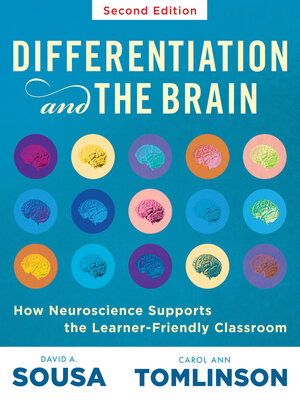Differentiation and the Brain
ebook ∣ How Neuroscience Supports the Learner-Friendly Classroom (Use Brain-Based Learning and Neuroeducation to Differentiate Instruction)
By David A. Sousa

Sign up to save your library
With an OverDrive account, you can save your favorite libraries for at-a-glance information about availability. Find out more about OverDrive accounts.
Find this title in Libby, the library reading app by OverDrive.



Search for a digital library with this title
Title found at these libraries:
| Loading... |
Students are becoming more academically and culturally diverse, making it more important than ever to shift away from a one-size-fits-all approach and toward differentiated instruction. The second edition of this best-selling book will help you create truly effective, brain-friendly classrooms for all learners. The authors share an array of updated differentiated instruction examples, scenarios, and exercises, as well as the latest educational psychology research from cognitive psychology, neuroscience, and pedagogy.
Learn more about teaching diverse learners using brain-based learning strategies:
A joint publication of ASCD and Solution Tree
Contents:
Introduction
Chapter 1: The Nonnegotiables of Effective Differentiation
Chapter 2: Mindset, Learning Environment, and Differentiation
Chapter 3: Curriculum and Differentiation
Chapter 4: Classroom Assessment and Differentiation
Chapter 5: Differentiating in Response to Student Readiness
Chapter 6: Differentiating in Response to Student Interest
Chapter 7: Differentiating in Response to Student Learning Profile
Chapter 8: Managing a Differentiated Classroom
References and Resources
Index






